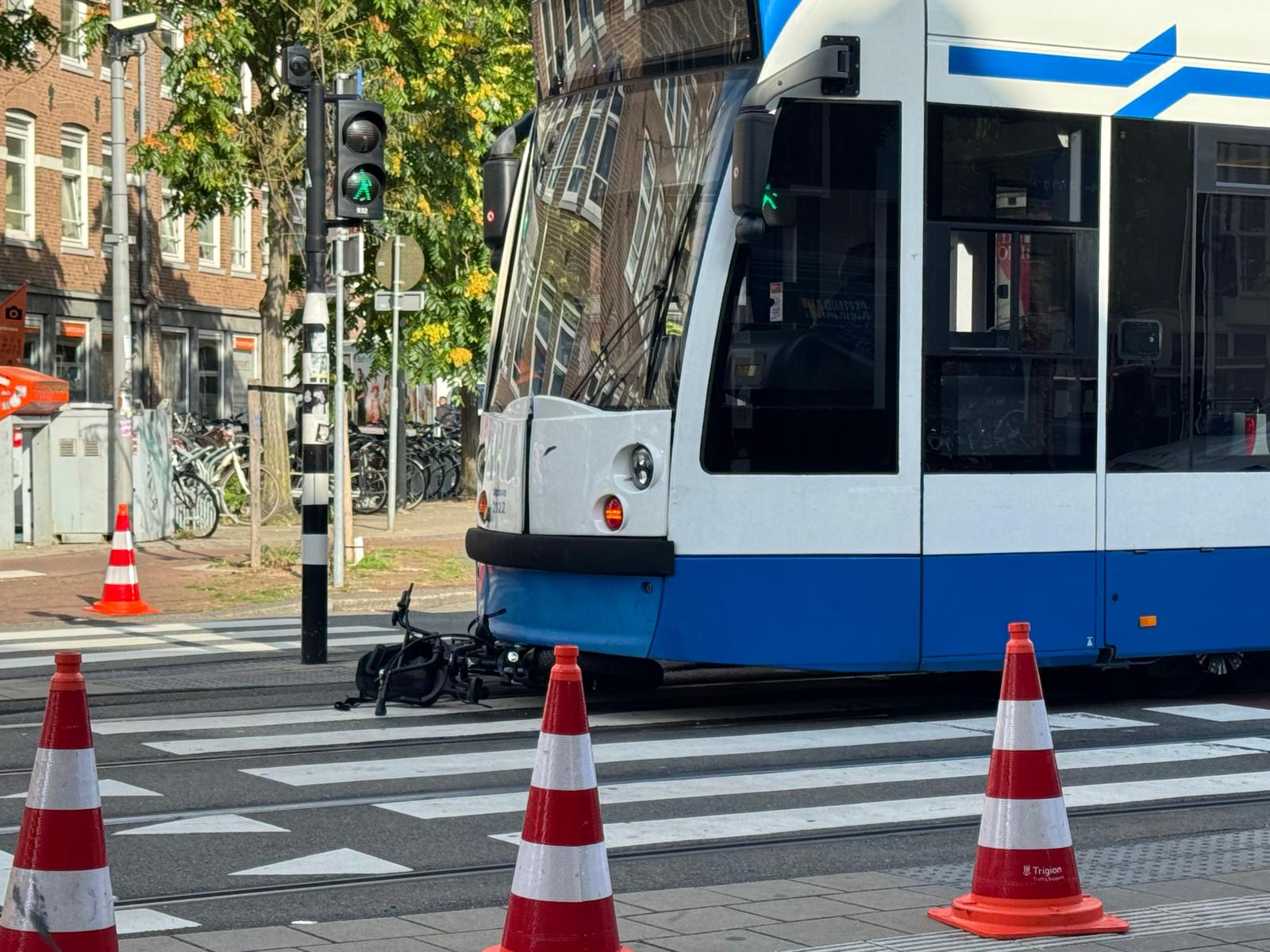Why fat-bikes?
It’s not fat bikes in the general meaning of the word, it’s a specific type of electric fatbike that’s very present in the Netherlands and a bit too easy to “unlock”, politie is spending a lot of time and energy stopping and checking their lawfulness (i.e. limit to 25km/h, assistance only-no throttle).
Those so-called fatbikea are more like electric scooters, but they are sold as electric assistance bike, which is a very different category of vehicle with different requirements (typically a minimum age, need to be registered and, depending on the max speed, requires insurance and a helmet)
Maybe these countries needbto sit down and set up proper guidelines and rulesbto be able to sell in your country. Berm Peak did a great video on this
Those regulations exist, enforcement is the problem. Fatbikes are the main culprit here. They are sold within legal limits, but it’s incredibly easy to just remove the software limits and/or flash custom firmware.
Police does regular checks, but people tend to quickly turn the limit back on when they see an officer.
I only use my fat ebike when it snows but I don’t want to give it up
You don’t have to give it up. You’ll just no longer allowed to drive on the bike lane.
I don’t actually live there so that’s not affecting me yet… could happen in the future though. where I do live we have a loud anti bike lane guy that is also suspiciously against bike lane speed amd size limits and I suspect he wants bike caused accidents as fuel for his more general anti bike lane drivel
Important detail before everyone gets railed up about the rage bate headline:
The five biggest Dutch cities are urging the government to let them ban fatbikes, e-scooters and other motor-powered vehicles from cycle lanes to prevent “total chaos,” the Telegraaf reported on Wednesday.
I have no clue about dutch regulations of light electric vehicles like e-scooters, but the (overall not quite detailed) article talks about demands for a speed limit (30km/h), I assume there is not much regulation (yet). In that case, this seems to be a reasonable demand.
For comparison, german regulation says e-bikes (spedelecs) and scooters with a max speed of up to 25 km/h belong on bike paths, everything with a higher max speed needs a license, insurance and plates and is prohibited from using bike paths.
25 km/h (or 30) can seem quite fast but is not too hard to achieve so these speeds are not unusual for bike paths.S-Pedelecs (S for speed) are specifically those that go up to 45 km/h. The 25 km/h ones are simply pedelecs. 25 km/h is a regular biking speed for average fitness drivers.
Thanks, got that mixed up. Fixed.
There are regulations, but they are not well enforced. Electric bikes (of any type) are allowed to assist active pedaling up to 25 km/h and can have a motor with a power of up to 250 watts. In that case, the same rules apply as for a normal bicycle. The issue is that they often go faster and that they often don’t require active pedaling. In that case, they legally fall under the same category as mopeds and need a license plate and have different rules applied to them, but in reality, many owners don’t follow these rules. I guess banning them from cycling lanes is easier to enforce than enforcing the legal limits.
I am not sure why pedalling is important for scooters/ebikes to coexist in the cycle path?
Shouldn’t the more important factor be that they should go with the speed of cycle traffic in the path?
I’m just guessing, but I think it’s because with a throttle it would be considered a “snorfiets” (light moped with a maximum speed of 25 km/h), which would mean:
- minimum age of 16
- license plate
- insurance
- drivers license
- different traffic rules (mostly the same as bicycles, as opposed to 45 km/h mopeds)
I think they wanted to make electric bicycles with assisted pedaling an attractive alternative to noisy and polluting petrol fueled mopeds.
Also, we’re talking about a country with more bicycles than citizens, so treating them as “snorfiets” would mean that a lot of cyclist would be forced to share the road with faster motorized vehicles on some stretches of road (though not many), which would create other safety issues.
I had been biking a trail with a 10km/h speed limit. one day I was injured and opted to take the ebike instead. the manual bike has no speed measuring but going about the same speed by feel and sight on the ebike I realized I was going around 40 even on the manual bike. Then out of curiosity I delimited the ebike and went on the road and tried going 70 and fuck that shit its the scariest fucking thing in my life.




